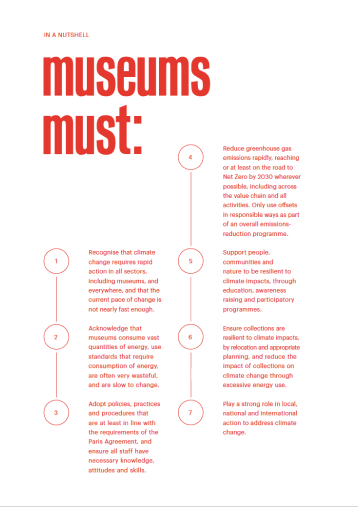Just transition
( Toolbox )
WHAT IS THIS?
The Paris Agreement recognises “the imperatives of a just transition of the workforce and the creation of decent work and quality jobs” in the implementation of climate action (Paris Agreement 2015, Preamble).
“A just transition for all towards an environmentally sustainable economy … needs to be well managed and contribute to the goals of decent work for all, social inclusion and the eradication of poverty.”
ILO, 2016
WHY IS IT IMPORTANT?
Climate action has to also be fair, to follow the principle of sustainable development. There are many ways to act on climate change that are really very unfair: dispossessing people of land, or depriving them of food to produce biofuel, for example.
Those opposed to climate action often claim that it threatens jobs, as an argument to continue mining and burning fossil fuels. This is not sustainable development, and any jobs created are likely to be ‘stranded’ in the relatively short term, as those industries are phased out. Just transition means transforming to a zero-carbon future (climate action) in ways that are fair and inclusive.
IISD has noted that “Energy transitions are about people: the ones who make the decisions and the ones affected by those decisions. A ‘just transition’ approach ensures that the affected people are considered by those making decisions.”
The Grantham Institute has developed ‘Climate Change and the Just Transition: A guide for investor action’, which is a good introduction and overview of just transition.
The International Labour Organization has developed ‘Guidelines for a just transition towards environmentally sustainable economies and societies for all’ (2015).
B Corp and the Just Transition Centre have produced a guide for businesses (but which can be applied to all kinds of organisation, including museums), ‘Just Transition: A Business Guide’ (2018). The guide presents a simple, three-stage process and model for just transition, and a set of principles, covering rights, dialogue with workers and their representatives, anticipating how the transition to net-zero emissions will affect jobs and people, choosing pathways to green jobs, protecting people from job losses, and retraining and education.
WHAT DOES THIS MEAN FOR MUSEUMS?
All of the aforementioned points, guides and frameworks should be applied to the museum sector just as they should to other sectors, and museums can help prepare people for the transitions they will face, both their own workers, and their communities.
For museum funders and regulators
Museum funders and regulators must ensure that just transition principles are embedded into funding opportunities, skills-development programmes, and regulations relating to museums (national accreditation/recognition schemes, policy requirements etc.). Museums can support just transition across their supply chains by supporting human rights and sustainable development, moving away from cheap but socially and environmentally damaging goods and services.
Governments and authorities directing and funding programmes related to particular sectors (e.g. agriculture, manufacturing, buildings, energy, transport) should incorporate the importance of public education, training, public access to information, public awareness, public participation and international co-operation in supporting just transition, and recognise the role that formal, non-formal and informal educational institutions and organisations – including museums – play in supporting Action for Climate Empowerment and just transition.
Museum standards around environmental conditions involve the consumption of lots of resources and energy. This runs the risk of leaving people in ‘stranded professions’ or with ‘stranded skills’, as the need for stricter use of energy and resources becomes a reality. Either the standards need to change, or the technologies that require them.
For museums themselves
Museums may consider themselves as investors, through their pensions, banking, sponsorships and partnerships. They should invest in ways that support climate justice and a just transition to a sustainable future, and rapidly turn away from activities that do the opposite, that destroy lives and livelihoods, and that continue to ‘lock in’ unsustainable investment, practices and approaches.
For the people and communities museums support and work with
Museums can help create the strong social mandate referred to in the principles outlined above, through consultations, meetings and other types of public event.
Museums can ensure that everyone they work with – visitors, school groups, community members, and employees – has the information, attitudes and skills to be part of the just transition, supporting them to take up green energy and technology, for example.
Museums can help support the transition to green jobs by supporting education, training, public awareness, public access to information, public participation and international co-operation on just transition, and emerging technologies and new practices, especially in relation to agriculture, manufacturing, buildings, transport and energy sectors wherever possible, as these sectors require the greatest transformation.
FURTHER READING AND INFORMATION
Smith, S. (2017). Just Transition: a report for the OECD Just Transition Centre
See sections on:
Human rights and climate change (section g)
Climate justice (section h)
Common But Differentiated Responsibilities (section j)
Action for Climate Empowerment (section k)


